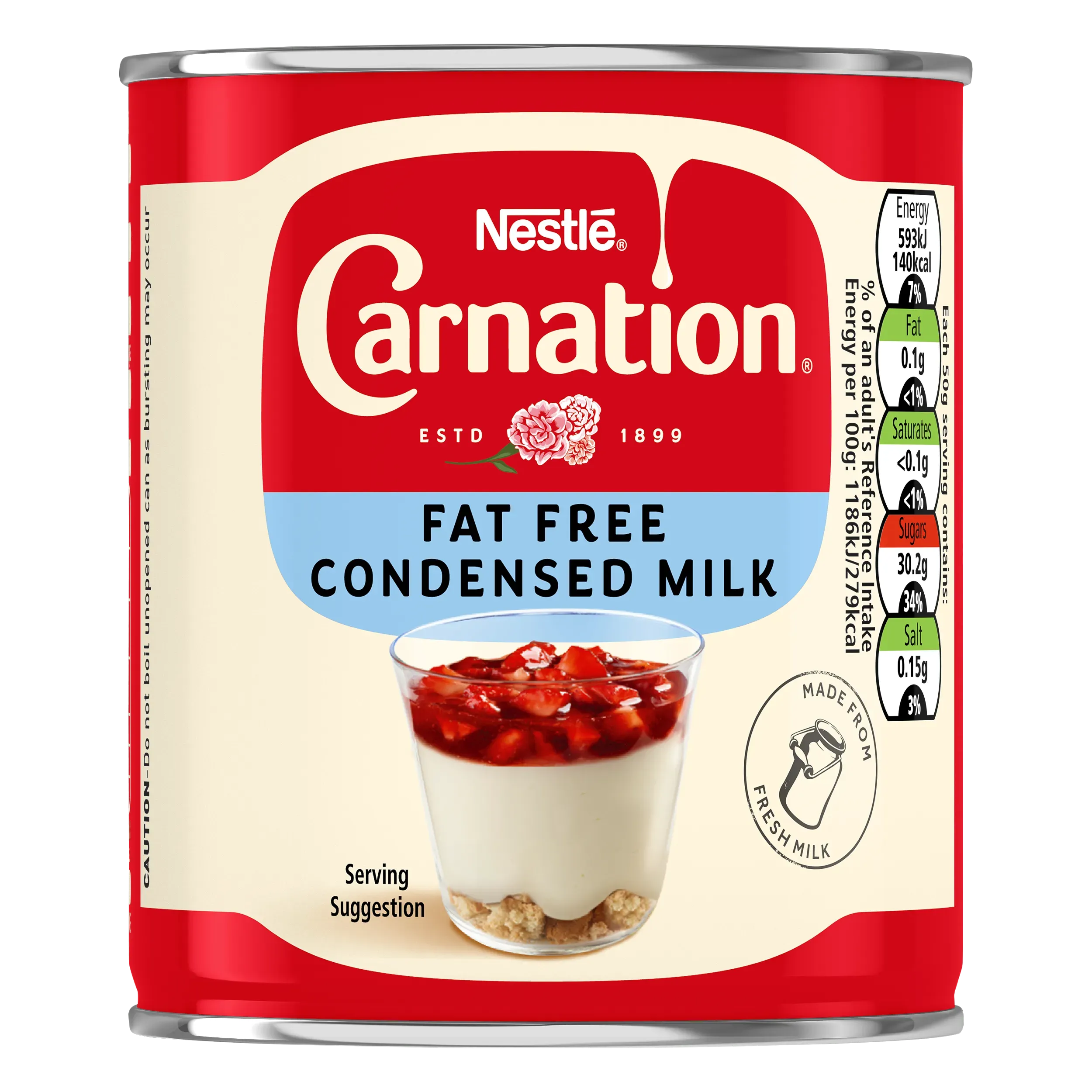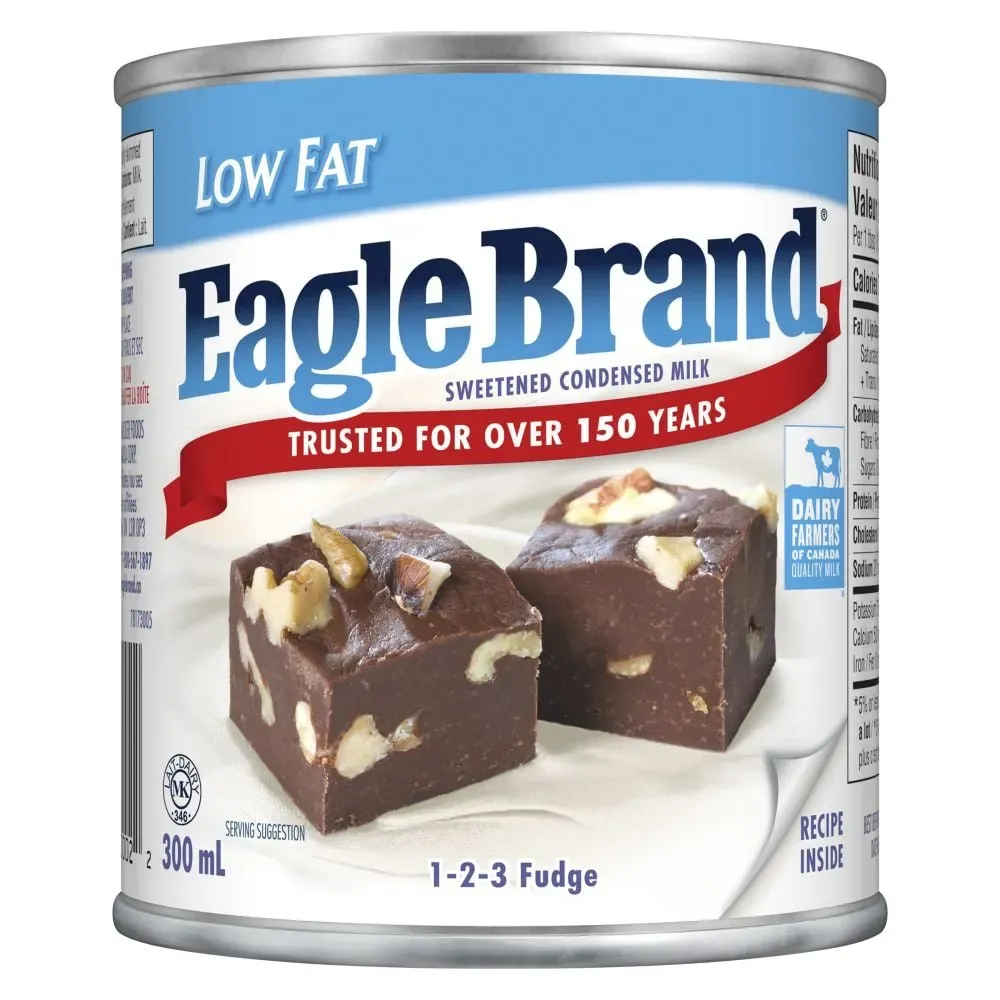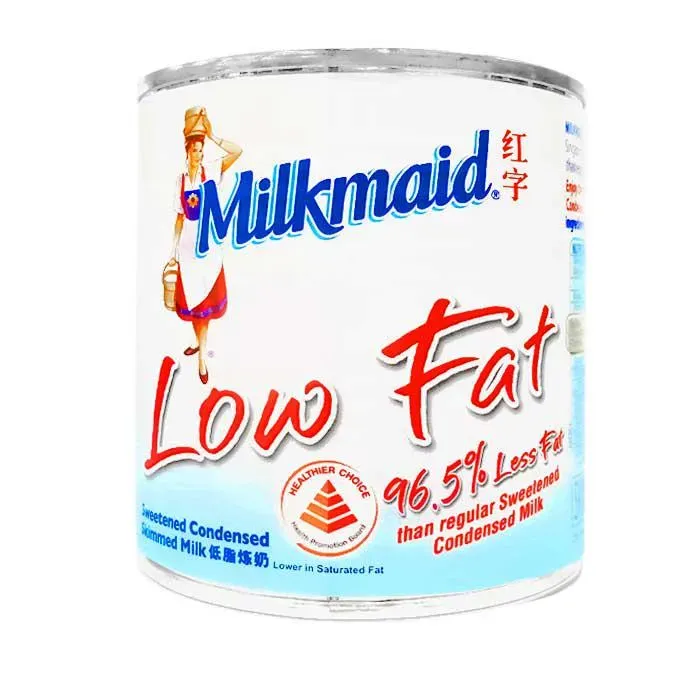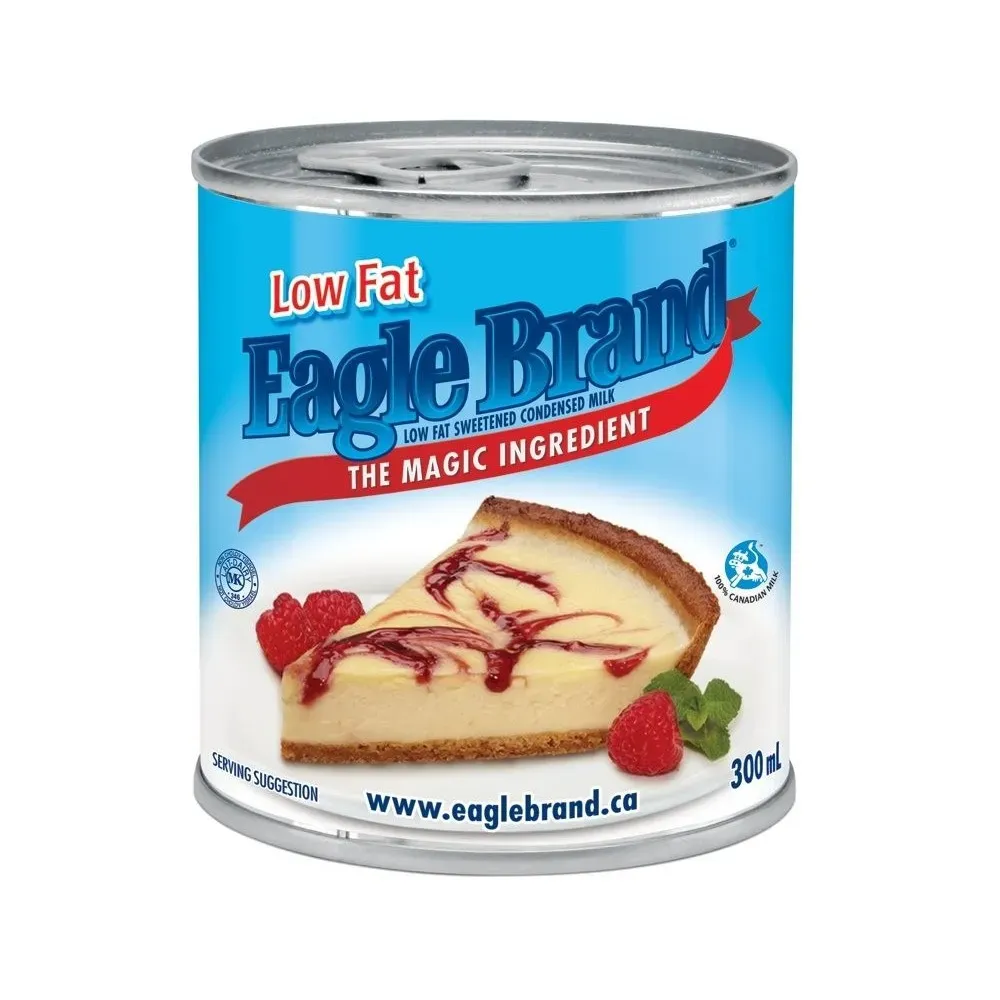Table of Contents
We all love a sweet treat now and then, right? That creamy, rich goodness that just hits the spot. Often, that means reaching for things made with condensed milk – think fudge, caramels, or those amazing no-bake pies. But sometimes, the thought of all that fat and sugar makes you pause. What if you're trying to cut back a little without giving up your favorite desserts entirely?
What Exactly is Condensed Milk Low Fat?

What Exactly is Condensed Milk Low Fat?
Not Quite the Same Old Sweet Stuff
Alright, let's cut to the chase. You know regular condensed milk – it's milk with most of the water cooked out, leaving behind a super thick, sticky base, then they dump a ton of sugar in it. It's basically liquid candy, the backbone of many a dangerously easy dessert. Now, what exactly is condensed milk low fat? Think of it as condensed milk's slightly less indulgent cousin. The fundamental process is similar: milk, heat, water evaporation, sugar added. The key difference, as the name subtly suggests, lies in the fat content of the *milk* they start with.
Skimming the Details
So, how does it become "low fat"? They don't magically remove fat after it's condensed. Instead, manufacturers begin with milk that has already had some or most of its fat removed – skim or partially skimmed milk. This is then put through the same process of heating and reducing, and sugar is added just like the full-fat version. The goal is to keep that signature thick, sweet syrup consistency, but with fewer grams of fat per serving. It sounds simple enough, but swapping out fat changes things, as anyone who's ever tried to make a creamy sauce with skim milk can tell you.
Product Type | Milk Used | Fat Content (Relative) | Sweetness |
|---|---|---|---|
Regular Sweetened Condensed Milk | Whole Milk | Higher | Very High |
Condensed Milk Low Fat | Skim/Partially Skimmed Milk | Lower | Very High (Sugar is similar) |
Texture Troubles and Sweet Success
Here's where things get interesting. Fat contributes significantly to texture and mouthfeel. It makes things rich and smooth. When you reduce the fat, you risk ending up with something thinner or slightly less luxurious. Manufacturers work to counteract this in low fat condensed milk, often by tweaking the process or potentially adding stabilizers, but it's rarely an exact replica of the full-fat version. The sweetness level, however, is typically right on par because the amount of added sugar is usually quite similar. So, you get the sweetness without as much richness, which can be a trade-off depending on what you're making.
Why Reach for Low Fat Condensed Milk?

Why Reach for Low Fat Condensed Milk?
So, you've seen this condensed milk low fat on the shelf and maybe wondered, "Why bother?" The main driver is pretty straightforward: calories and fat. Let's be honest, regular condensed milk is delicious, but it's also a calorie and fat bomb. If you're keeping an eye on your intake, whether for weight management, dietary restrictions, or just general health, those numbers add up fast. Reaching for the low-fat version is a conscious choice to enjoy some of that same sweet flavor and texture in your recipes but with a lighter nutritional footprint. It's about finding a balance, letting you make that fudge or pie without potentially blowing your entire day's fat budget on one serving.
Thinking about making the switch? Ask yourself:
- Do I want to reduce fat in my desserts?
- Am I counting calories?
- Can I accept a slight difference in texture for a lower fat option?
Swapping Standard for Condensed Milk Low Fat in Recipes

Swapping Standard for Condensed Milk Low Fat in Recipes
Expectations vs. Reality in the Kitchen
let's talk turkey about actually using condensed milk low fat instead of the full-fat stuff in your favorite recipes. It’s not always a simple one-to-one swap, like replacing sugar with a different sugar. Remember how we talked about fat and texture? That's where you'll likely see the biggest difference. Full-fat condensed milk is thick and luxurious because of the milk fat. When you pull that fat out, the liquid base is naturally thinner. So, when you pour low-fat condensed milk into your fudge pot or pie filling, don't expect it to behave *exactly* the same way. The final product might be slightly less firm, a touch less creamy, or take a little longer to set up.
Where the Swap Shines (and Where it Might Struggle)
So, where does this swap work best? Recipes where condensed milk is primarily used for sweetness and a little body, but isn't the *only* thickening agent, tend to be more forgiving. Think no-bake cookies, some types of bar recipes, or even certain sauces where you can adjust cooking time. Fudge is a classic condensed milk recipe, and while you *can* make it with the low-fat version, you might find it doesn't get quite as firm, or you might need to cook it slightly longer. Recipes that rely heavily on the fat for structure, like some caramels or very firm candies, might be trickier and could require some experimentation or even a different approach entirely. It's not impossible, but managing your expectations is key.
- Good Swap Candidates: No-bake cookies, simple bar recipes, quick sauces.
- Requires Caution/Adjustment: Fudge, caramels, very firm candies, rich pie fillings.
- Might Not Work Well: Recipes where fat is critical for emulsion or structure.
Tips for Making the Switch Work
If you're determined to use condensed milk low fat, there are a few things you can try to improve your results. First, pay close attention to the texture as you mix or cook. If it looks too thin, you might need to slightly reduce other liquids in the recipe or cook it a little longer to encourage thickening. Sometimes, chilling time is your friend; many no-bake items firm up significantly in the fridge. Don't be afraid to do a small test batch first, especially if it's a recipe you really care about. I once tried swapping it directly in a caramel recipe for a bake sale, and let's just say those were some *very* soft caramels. Learn from my mistakes – a little trial and error beats a whole batch gone wrong.
Finding and Using the Best Condensed Milk Low Fat

Finding and Using the Best Condensed Milk Low Fat
Hunting Down Low Fat Condensed Milk
Alright, so you're sold on the idea of condensed milk low fat and ready to give it a whirl in your next baking adventure. Where do you actually find this stuff? Most major supermarkets carry it, though it might not always sit right next to the full-fat version. Check the baking aisle, usually near the evaporated milk and regular sweetened condensed milk. Sometimes it's on a different shelf or even in a separate "healthy" or "diet" section, which feels a bit dated but hey, that's retail for you. Look for labels specifically stating "low fat," "light," or "skim" sweetened condensed milk. Don't just grab anything that says "condensed milk" unless it specifies the fat content – you'll end up with the full-fat stuff and defeat the purpose entirely. Online retailers are another reliable source if your local store selection is limited. Just be prepared to potentially buy in bulk.
Making the Most of Your Low Fat Swap
Once you've got your can of condensed milk low fat, how do you ensure your recipes turn out as expected, or at least close to it? First off, always check the can size. While most condensed milk comes in a standard size, it's good practice. Store unopened cans in a cool, dry pantry, just like regular condensed milk. Once opened, transfer any unused portion to an airtight container and keep it in the fridge. It usually lasts a week or two, but smell and appearance are your best guides. When using it in recipes, remember our earlier chat about texture. If a recipe calls for bringing the mixture to a specific temperature or thickness, be patient; it might take a little longer to get there with the low-fat version compared to the full-fat. Don't crank the heat, just give it time. For no-bake items, extending the chilling time can often compensate for a slightly thinner initial mix.
- Check labels carefully for "low fat" or "light".
- Look in the baking aisle or potentially a "diet" section.
- Online retailers offer wider availability.
- Store opened cans in an airtight container in the fridge.
- Be patient during cooking; it might take longer to thicken.
- Extend chilling time for no-bake recipes if needed.
The Final Scoop on Low Fat Condensed Milk
So, where does that leave us with condensed milk low fat? It's a viable option for those looking to reduce fat in their sweet treats, offering a similar sweetness and thickening power. However, it's not an identical swap in every single recipe, especially those relying heavily on fat for texture and structure. You might need to tweak things or accept a slightly different outcome. It's a tool to consider for lighter versions of some desserts, but perhaps not a complete replacement for the full-fat original in all culinary adventures. Give it a try and see how it works for your favorite indulgences.
